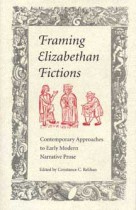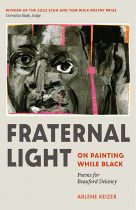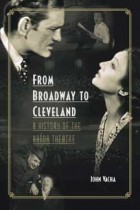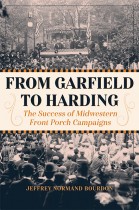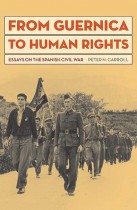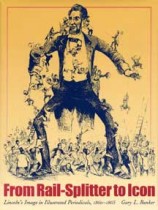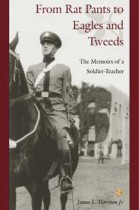A Fraction of a Point
Nina Mandell | Filed under: Books, Forthcoming, Sports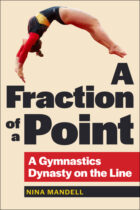
When the Brecksville-Broadview Heights High School gymnastics team competes in the Ohio High School Athletic Association state gymnastics meet, they’re expected to win. That’s because they’ve won each year—since 2004. And as the streak builds, there’s more pressure each year on the public school’s team to continue that tradition. No year was more tense than the year that they were hoping to take home their 20th straight title.

